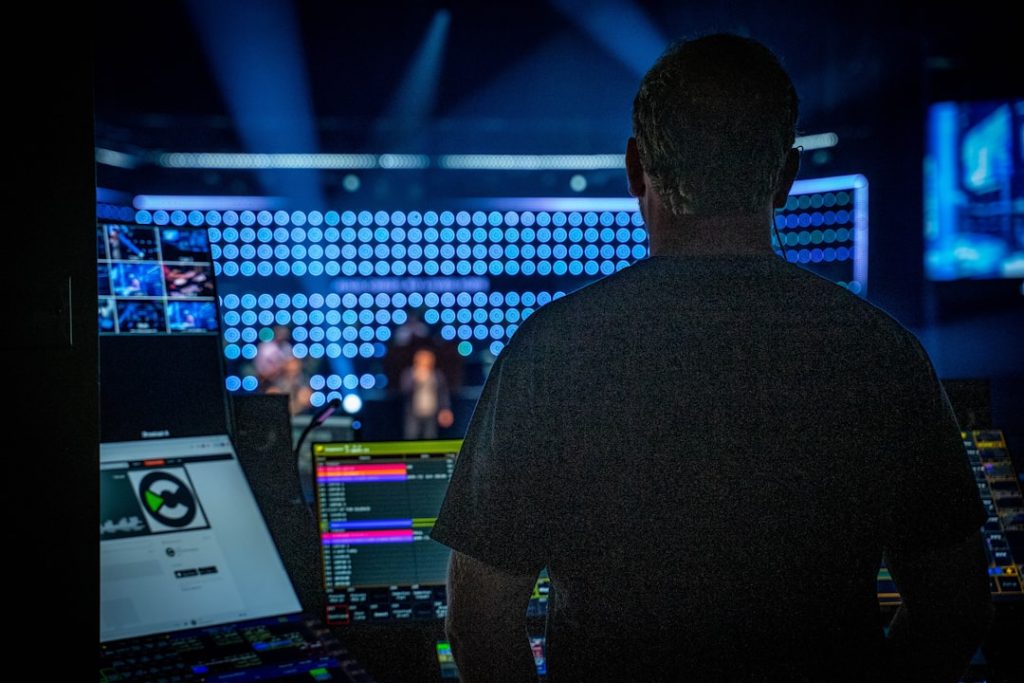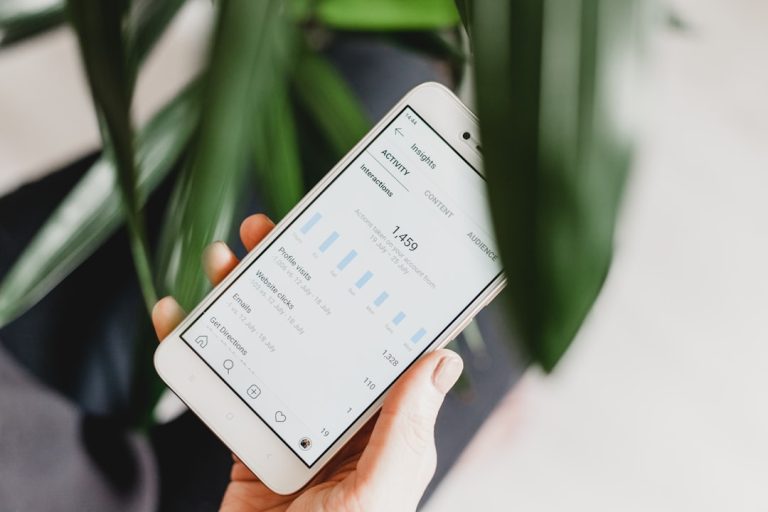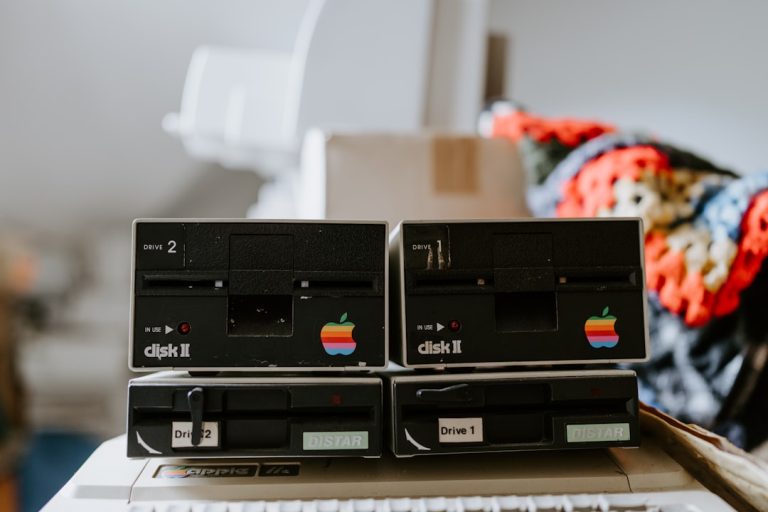
Digital audio recording software, often referred to as Digital Audio Workstations (DAWs), serves as the backbone of modern music production, sound design, and audio editing. These sophisticated programs allow users to capture, edit, mix, and produce audio files with remarkable precision and flexibility. At their core, DAWs convert sound waves into digital data, enabling users to manipulate audio in ways that were once unimaginable with analog equipment.
The evolution of this technology has democratized music production, allowing anyone with a computer to create high-quality recordings from the comfort of their home. The functionality of digital audio recording software extends beyond mere recording capabilities.
Additionally, they often feature built-in virtual instruments and MIDI capabilities, allowing musicians to compose and arrange music without the need for physical instruments. The user interface of these programs can vary significantly, but they typically include a timeline for arranging audio clips, mixer panels for adjusting levels and effects, and various editing tools that facilitate the creative process. Understanding these features is crucial for anyone looking to harness the full potential of digital audio recording software.
Key Takeaways
- Digital audio recording software allows for the recording, editing, and mixing of audio files on a computer.
- When choosing the right digital audio recording software, consider factors such as compatibility, features, and user interface.
- Setting up a digital audio recording environment involves selecting the right hardware, such as microphones and audio interfaces, and optimizing the space for sound quality.
- Recording techniques and best practices include proper microphone placement, setting levels, and using headphones for monitoring.
- Editing and mixing in digital audio recording software involves tasks such as cutting, splicing, and adjusting levels, as well as adding effects and plugins for enhancement.
Choosing the Right Digital Audio Recording Software
Professional-Grade Options
On the other hand, more advanced users may prefer professional-grade DAWs such as Pro Tools, Ableton Live, or Logic Pro.
Key Considerations
Ultimately, the choice of digital audio recording software depends on individual requirements, budget constraints, and the specific type of projects one intends to undertake.
These platforms offer extensive features tailored for complex projects, including advanced mixing capabilities, support for third-party plugins, and sophisticated automation tools. When choosing a DAW, it is also essential to consider compatibility with your operating system and hardware. Some software is optimized for specific platforms; for example, Logic Pro X is exclusive to macOS.
Additionally, evaluating the community support and available resources—such as tutorials and forums—can significantly enhance the learning experience and troubleshooting process.

Setting Up Your Digital Audio Recording Environment
| Equipment | Quantity | Cost |
|---|---|---|
| Microphone | 1 | 200 |
| Audio Interface | 1 | 300 |
| Pop Filter | 1 | 20 |
| Headphones | 1 | 100 |
| Studio Monitors | 2 | 400 |
Creating an optimal recording environment is paramount for achieving high-quality audio results. The physical space where you record can greatly influence the sound quality of your recordings. Ideally, this space should be acoustically treated to minimize unwanted reflections and background noise.
This can be accomplished through the use of sound-absorbing materials such as foam panels, carpets, and heavy curtains. Additionally, positioning your microphone correctly within the room can help capture clearer sound by avoiding areas where echoes or reverberations are prominent. In addition to acoustic treatment, having the right equipment is essential for a successful recording setup.
A good quality audio interface is crucial as it converts analog signals from microphones or instruments into digital data that your DAW can process. Furthermore, investing in high-quality microphones tailored to your recording needs—whether dynamic mics for vocals or condenser mics for instruments—can make a significant difference in sound fidelity. Coupled with proper monitoring equipment like studio monitors or headphones, these elements create a conducive environment for capturing professional-grade audio.
Recording Techniques and Best Practices
When it comes to recording techniques, understanding the fundamentals can greatly enhance the quality of your output. One of the most important aspects is microphone placement; different positions can yield vastly different results. For instance, placing a microphone too close to a sound source can result in an overly bass-heavy sound due to proximity effect, while positioning it too far away may lead to a lack of clarity and detail.
Experimenting with various distances and angles can help you find the sweet spot that captures the desired tonal characteristics. Another best practice involves utilizing proper gain staging throughout the recording process. This means ensuring that your input levels are neither too low—resulting in noise when amplified—nor too high—causing distortion.
Monitoring levels in real-time using your DAW’s metering tools can help maintain optimal gain levels during recording sessions. Additionally, it’s beneficial to record multiple takes of a performance; this not only provides options during the editing phase but also allows performers to refine their delivery over time. Embracing these techniques can lead to more polished recordings that stand out in a competitive landscape.
Editing and Mixing in Digital Audio Recording Software

Refining Your Recordings
Editing is a crucial phase that allows you to refine your recordings and prepare them for mixing. Within your DAW, you can cut out unwanted noise or mistakes, align tracks for perfect timing, and adjust levels to create a balanced soundscape. Many DAWs offer features like quantization for MIDI tracks, which can automatically align notes to a grid for precise timing.
The Role of Rhythm in Different Genres
This is particularly useful in genres where rhythm plays a pivotal role, such as electronic music or hip-hop. Once editing is complete, mixing becomes the next focal point.
Creating a Balanced Mix
Mixing involves blending multiple audio tracks into a cohesive final product by adjusting volume levels, panning sounds across the stereo field, and applying effects such as equalization (EQ) and compression. A well-mixed track ensures that each element has its own space within the mix while contributing to an overall harmonious sound. Utilizing reference tracks—professional songs that exemplify the sound you’re aiming for—can provide valuable insights into how to balance your mix effectively.
Using Effects and Plugins to Enhance Your Recordings
The use of effects and plugins is integral to modern audio production, allowing creators to add depth and character to their recordings. Most DAWs come equipped with a variety of built-in effects such as reverb, delay, chorus, and distortion that can be applied to individual tracks or the overall mix. For example, adding reverb can create a sense of space and ambiance in vocal recordings, while delay can enhance rhythmic elements by creating echoes that enrich the sound.
In addition to built-in effects, third-party plugins offer an expansive range of possibilities for sound manipulation. Popular plugin formats like VST (Virtual Studio Technology) allow users to integrate external effects and virtual instruments seamlessly into their DAW workflow. For instance, companies like Waves and FabFilter provide high-quality plugins that are widely used in professional studios for tasks ranging from mastering to creative sound design.
Exploring these tools can significantly elevate your recordings by providing unique sonic textures that set your work apart from others.
Mastering Your Tracks with Digital Audio Recording Software
Mastering is the final step in the audio production process and serves as the bridge between mixing and distribution. This stage involves preparing your mixed track for release by ensuring it meets industry standards in terms of loudness, clarity, and tonal balance across various playback systems. Mastering typically includes processes such as final EQ adjustments to enhance frequencies that may have been masked during mixing, compression to control dynamic range, and limiting to maximize loudness without introducing distortion.
A crucial aspect of mastering is creating multiple versions of your track optimized for different formats—such as streaming services or vinyl records—each with its own set of requirements regarding loudness and frequency response.
For instance, iZotope Ozone is a popular mastering suite that provides an array of modules tailored for finalizing tracks efficiently while maintaining high sound quality.
Understanding these techniques can empower you to produce polished tracks ready for public consumption.
Troubleshooting Common Issues in Digital Audio Recording Software
Despite advancements in technology, users often encounter challenges when working with digital audio recording software. One common issue is latency—the delay between when a sound is produced and when it is heard through speakers or headphones. This can be particularly problematic during recording sessions where real-time monitoring is essential.
To mitigate latency issues, adjusting buffer size settings within your audio interface can help; smaller buffer sizes reduce latency but may increase CPU load. Another frequent challenge involves compatibility issues between different software versions or hardware components. For instance, an outdated plugin may not function correctly with the latest version of your DAW or operating system.
Regularly updating both your software and hardware drivers can help prevent these issues from arising. Additionally, utilizing forums or community resources specific to your DAW can provide valuable insights into troubleshooting common problems encountered by other users. By understanding these aspects of digital audio recording software—from initial setup through mastering—you can navigate the complexities of audio production with greater confidence and creativity.
Each stage presents unique challenges and opportunities for artistic expression that contribute to the overall quality of your recordings.
If you are interested in learning more about digital audio recording software, you may want to check out the article “Hello World” on sersea.media. This article may provide valuable insights and information on the topic that can complement your understanding of digital audio recording software.
FAQs
What is digital audio recording software?
Digital audio recording software is a computer program that allows users to record, edit, and manipulate audio files. It provides tools for capturing sound from various sources, such as microphones or instruments, and allows for editing and mixing of the recorded audio.
What are the features of digital audio recording software?
Digital audio recording software typically includes features such as multi-track recording, audio editing, effects processing, and mixing capabilities. It may also offer virtual instruments, MIDI support, and the ability to export audio in various file formats.
What are some popular digital audio recording software programs?
Some popular digital audio recording software programs include Pro Tools, Logic Pro, Ableton Live, FL Studio, Cubase, and GarageBand. These programs are widely used by musicians, producers, and audio engineers for recording and producing music.
What are the benefits of using digital audio recording software?
Using digital audio recording software allows for greater flexibility and control over the recording and editing process. It also enables users to easily manipulate and enhance audio recordings, as well as collaborate with others by sharing and working on projects remotely.
What are the system requirements for digital audio recording software?
The system requirements for digital audio recording software can vary depending on the specific program. Generally, users will need a computer with a sufficient amount of RAM, a fast processor, and a compatible operating system. Additionally, a sound card or audio interface may be required for recording and playback.


